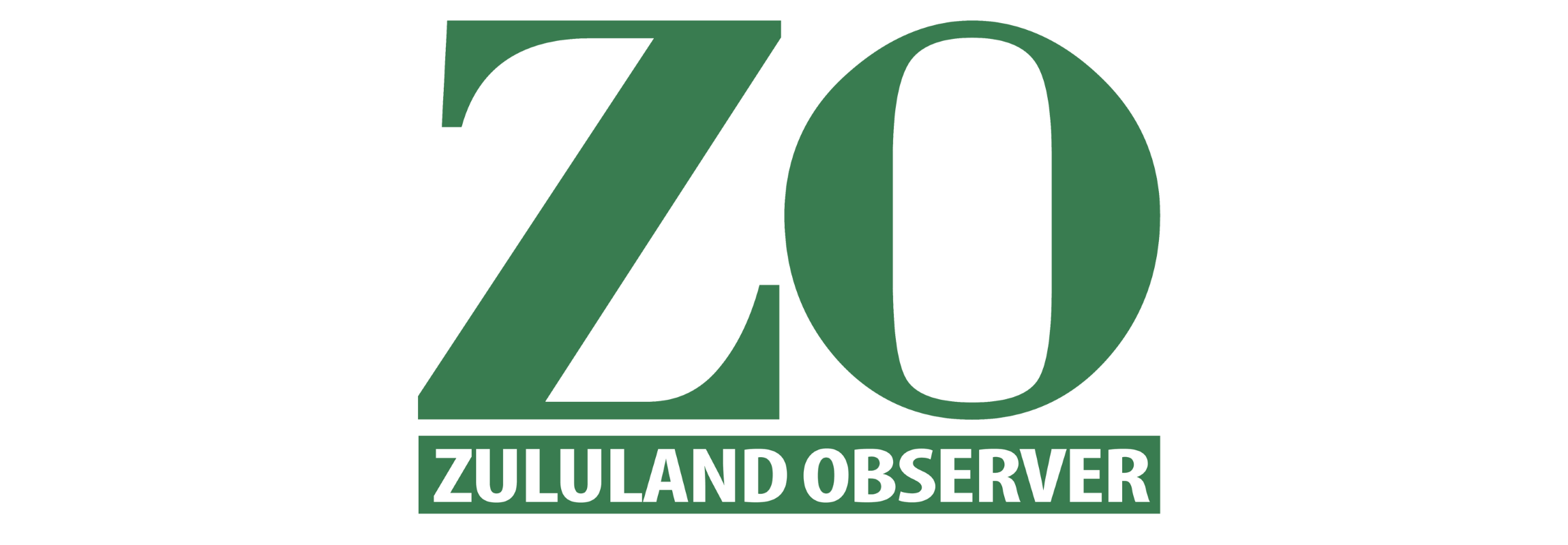Recognising the life-saving role of radiology worldwide
Imaging technology has completely done away with the need for extensive surgery to make a diagnosis.

As an intensive countrywide breast cancer awareness month wraps up, it seems fitting recognition to pay tribute to the role of radiology in saving millions of women’s lives around the globe.
The International Day of Radiology, which was celebrated on 8 November, is this year dedicated to breast imaging and the essential role that radiology plays in the detection, diagnosis and management of diseases of the breast, most notably breast cancer.
In recognition of the impact that radiology has had on medical advancements, radiological societies across the world will celebrate the fifth International Day of Radiology (IDoR), including the Radiological Society of South Africa.
‘Radiology and the new technology that has been developed around it have allowed medical practitioners all over the world to better care for their patients, detect disease early leading to more successful treatment,’ said Dr Richard Tuft of the Radiological Society of South Africa (RSSA).
‘Imaging technology has completely done away with the need for extensive surgery to make a diagnosis.
‘The radiologist makes the diagnosis using imaging technology, directing his or her clinical colleagues to the problem and allowing them to use focused therapeutic or surgical procedures.
‘Medical imaging is one of the most exciting and progressive disciplines in healthcare and a field of great activity in terms of technological and biological research.’
Numerous imaging technologies such as X-rays, MRI scans and ultrasounds are known by many people. However, the exact purpose and value of these technologies are not widely understood.
Mammography, one of the many facets of radiography, is a fast, widely available, non-invasive affordable and least risky method for the accurate diagnosis and screening of breast cancer.
The main aim of mammographic screening is to reduce the mortality from breast cancer.
One of the greatest advantages of a mammogram is that it can find breast changes years before physical symptoms develop.
Results from many decades of research clearly show that women who have regular mammograms are more likely to have breast cancer found early, less likely to need aggressive treatment and more likely to be cured.
‘From the Radiological Society’s perspective, the International Day of Radiology is the perfect platform to dispel the myth that the negligible doses of radiation used in modern mammography presents any significant risk,’ adds Dr Jackie Smilg, Chair of the Breast Imaging Society of SA.
‘The small and theoretical risk or radiation induced cancer is countered by the documented and demonstrable benefits of early cancer detection by mammography.
‘Mammography screening is one of the major medical advances of the past decades, and women need to be provided with the important information that mammography saves lives and that the radiation risk is minimal.’
HAVE YOUR SAY
Like our Facebook page and follow us on Twitter.
For news straight to your phone invite us:
WhatsApp – 072 069 4169
Instagram – zululand_observer


